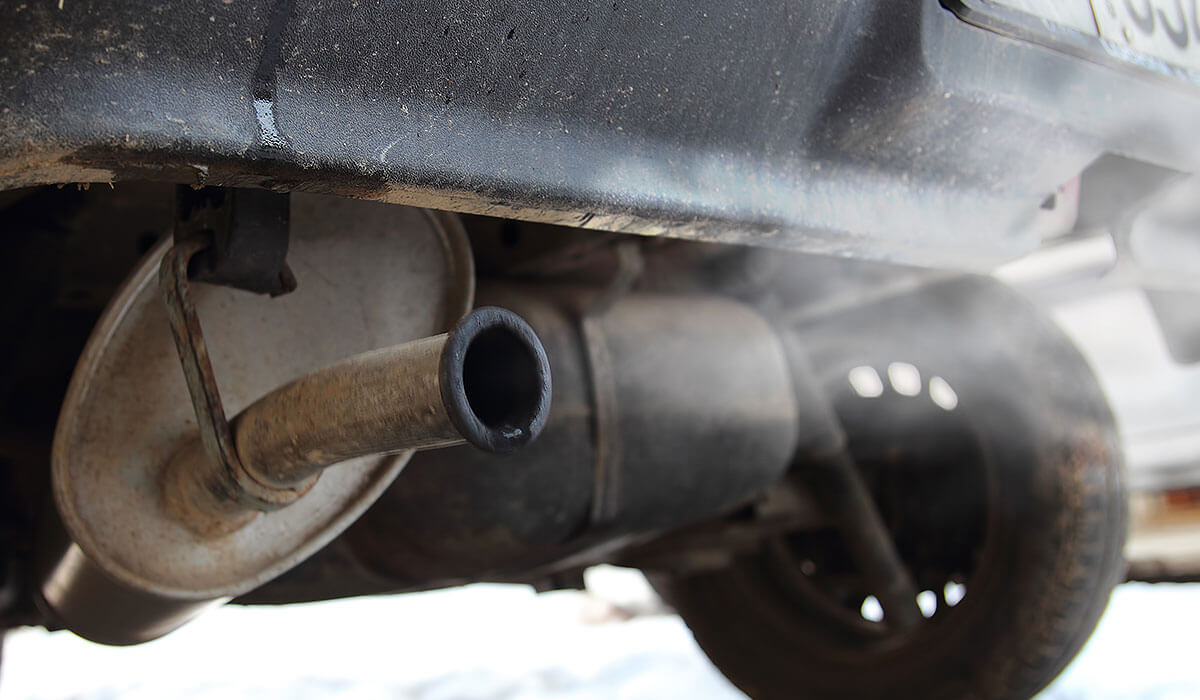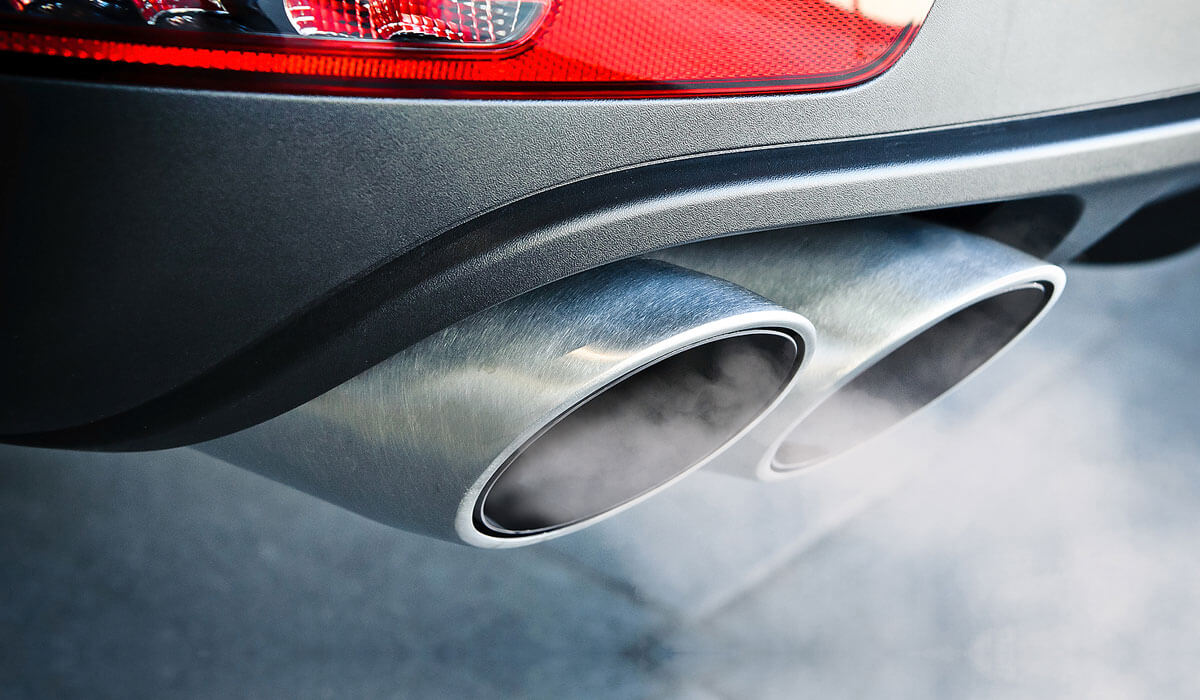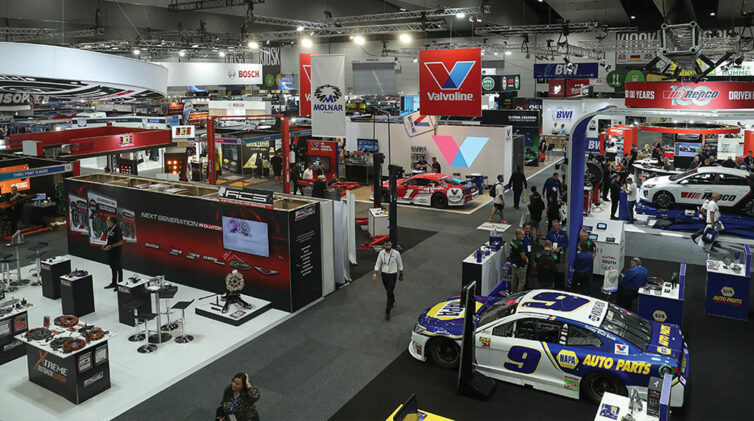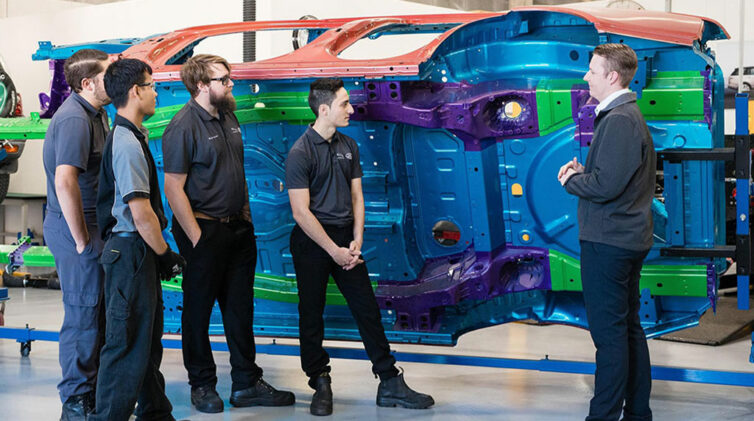The AAA, while stating it is supportive of proposals by the Turnbull government to reduce private vehicle emissions by an estimated 20 per cent by 2030, has pointed to a new analysis by the Centre for International Economics (CIE) that shows consumers will be financially worse off.
In its report, the CIE said that the cost of reducing emissions from the average fleet level of 184 grams per kilometre of carbon dioxide in 2015 to a proposed 105g/km in 2025 would vary between $1500 and $2794 per car.
The CIE said that the cost would be added to the new-car price.
But the Federal Chamber of Automotive Industries (FCAI) was less sure about a price rise caused by the need to meet future emission levels because car-makers would be reluctant to increase prices in such a competitive Australian market.
“These costs could include not only a higher vehicle purchase price and increased fuel prices”
FCAI chief executive Tony Weber said: “The one thing that keeps the prices of cars down in Australia is competition.”
“There’s no doubt that the technology is more expensive but it’s a complex issue and the government needs to go through this in detail and in a scientific way.”
The AAA said that the CIE analysis showed that, like any other regulatory intervention, a mandated CO2 standard brings consumer costs, as well as greenhouse and consumer benefits.
“These costs could include not only a higher vehicle purchase price and increased fuel prices, but the loss of attributes valued by Australians such as vehicle size, carrying capacity, and engine power,” the AAA said in a statement.

AAA chief executive Michael Bradley said: “Previous environment minister Greg Hunt claimed that while improving fuel efficiency could mean higher upfront costs for car buyers, the average car owner could recover these costs through fuel savings.”
The AAA said that in the government’s review, it had a “stated assumption that tougher CO2 regulations will have no negative impact on consumers as the fuel savings will cover the additional upfront cost of more fuel efficient vehicles”.
“The CIE analysis indicates the modeling upon which this claim relies doesn’t fully take into consideration the potential higher costs to consumers of more refined fuels and the loss of vehicle attributes,” Mr Bradley said.
“The CIE analysis makes it clear these are real costs that would be paid by consumers, and as such they ought to be considered to ensure Australia arrives at the least-cost and fairest abatement system possible.”
In response, the FCAI’s Tony Weber said: “If you want to make a substantial movement in low CO2 and clean air of modern vehicles you can only possibly achieve it if you provide substantial assistance for people to move to new technologies because there are costs associated with those technologies.”
“The CIE analysis makes it clear these are real costs that would be paid by consumers”
The AAA’s investigation into the effect of reducing private vehicle emissions comes as parliament resumes and the ministerial forum on vehicle emissions – headed by minister for urban infrastructure Paul Fletcher and minister for the environment and energy Josh Frydenberg – reconvenes.
The federal government has said it wants a 92 million tonne reduction in CO2 from the national vehicle fleet, with 76 million tonnes of that to come from the predominantly privately-owned light vehicle fleet.
The CIE, on behalf of the AAA, has estimated that this will mean a 20 per cent reduction in CO2 emissions from private vehicles by 2030.
In April, the department of infrastructure and regional development said it expected to release a statement on emissions – regarding Euro 6 and CO2 levels – in the second half of this year and, at a later date, a statement on fuel standards.
The AAA this week said it recommends that policy options for Euro 6, CO2 standards, and fuel quality standards be considered simultaneously “to ensure that the interactions between the measures and all flow on implications (including potential extra costs for consumers) can be appropriately addressed”.
By Neil Dowling













 Read More: Related articles
Read More: Related articles

